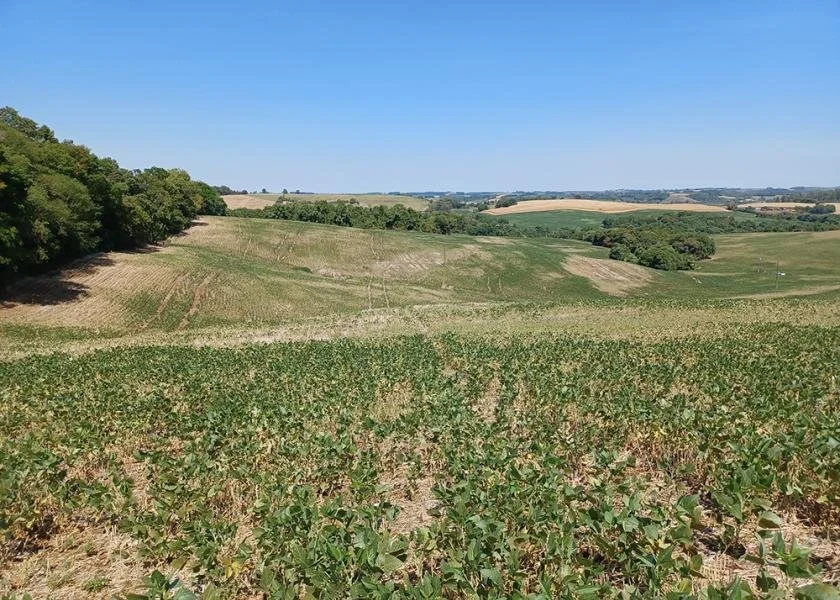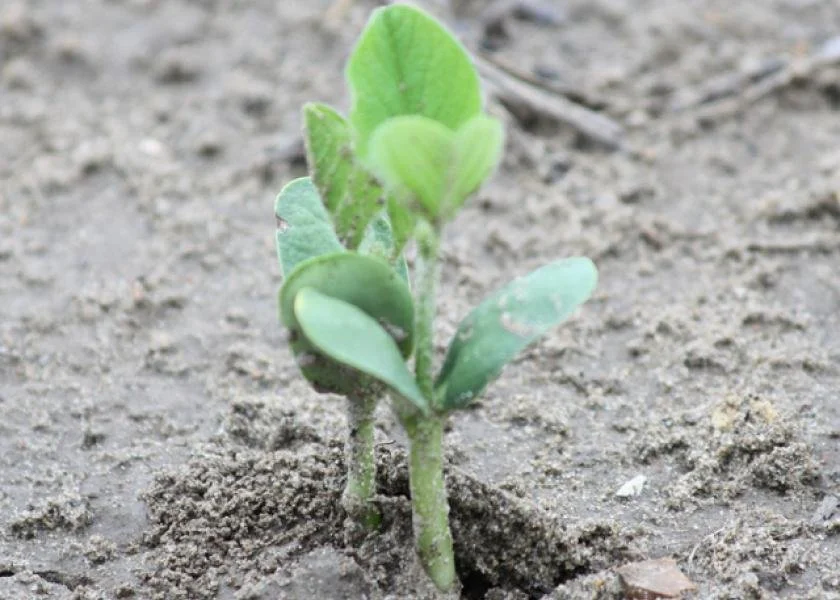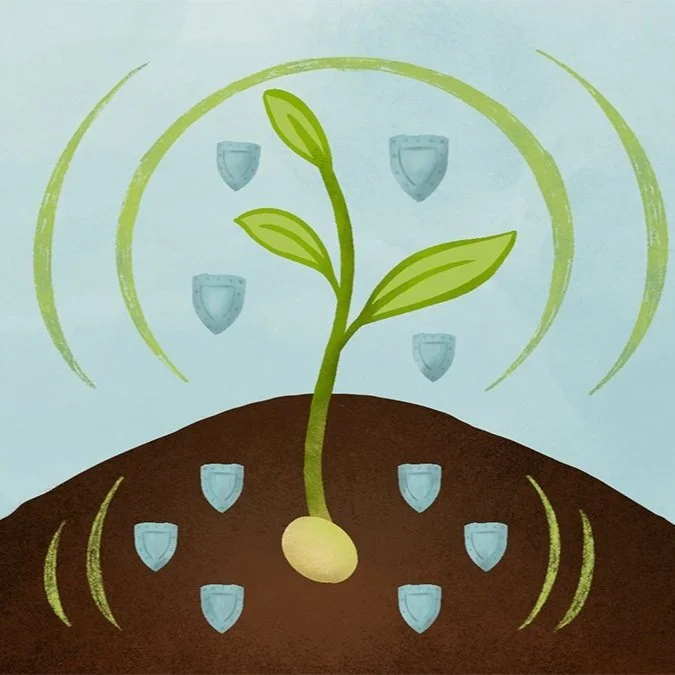The U.S. Department of Agriculture announced the appointment of nine new U.S. soybean farmers to serve on the United Soybean Board (USB) and reappointed eight directors for an additional term. Farmer-leaders will serve a three-year term.
Read MoreThe global soybean crop keeps shrinking, led by a massive decrease in South America. Last summer, USDA was expecting the combined 2021/22 soybean crop in Brazil, Argentina, and Paraguay to be a record.
The United Soybean Board (USB) released results of a new survey, highlighting consumer perceptions of U.S. soybeans, soybean farmers and the U.S. food supply chain. According to the survey, consumer support of domestic agriculture has only grown stronger, with 78% of consumers – an 8% increase since the last survey in December 2020 – saying it’s important to purchase U.S.-grown food, including soybeans.
Read MoreKeeping eyes on the prize is never easy for grain marketers, especially when bullets start flying. So instead of trying to predict fallout from Russia’s invasion of Ukraine, focus instead on another story.
Read MoreThe United Soybean Board (USB) released results of a new survey, highlighting consumer perceptions of U.S. soybeans, soybean farmers and the U.S. food supply chain.
Read MoreThis report contains the results from the 2021 December Agricultural and Row Crop County Agricultural Production surveys.
Read MoreFor weed control in soybeans, especially for grasses, you need a back-up plan to your back-up plan this season, says Jared Greuel, founder of Greuel Farm Services, based in east-central Illinois
“There are too many foundational products that just aren’t available for whatever reason,” he says. “People are going to have to expand their comfort zone to figure out what they can use. Whether we like it or not, or want to do it or not, it’s just the situation we face.”
Read MoreUSDA monthly supply and demand reports normally led the news flow, and last week’s numbers from the government did make a few waves. But there are plenty of other ripples moving through the markets, including what could be the light at the end of the tunnel for sky-high fertilizer prices.
Read MoreAs the 2022 crop production season begins, the U.S. Department of Agriculture’s National Agricultural Statistics Service (NASS) will contact approximately 1,100 Louisiana producers to determine their plans for the upcoming growing season.
Read MoreThe American Soybean Association (ASA) is now accepting applications for the Valent Ag Voices of the Future program, which will be held July 11-14, 2022, in conjunction with the summer ASA Board meeting and Soy Issues Forum in Washington, D.C.
Read MoreA free webinar “Misconceptions Across Soybean Growth Stages” will be held on Thursday, February 24, 2022, at 11 am CST/Noon EST. The webinar will be conducted by Soybean Extension Specialists from across the U.S. who are collaborating on a United Soybean Board funded initiative called ‘Science for Success.’
Read MoreThe U.S. exported $177 billion worth of agricultural commodities in 2021, firmly besting the record in 2014 by about 15% and overshadowing 2020 totals by 18%, according to new data released by the Commerce Department.
Read More2022 is shaping up to be an interesting year from a weed management perspective. Supply chain issues coupled with expanding herbicide resistance could make this season especially challenging when it comes to weed control.
Read MoreWhile most farmers work to be good stewards of the environment, it’s always possible that the agrochemicals they use to protect their crops could end up in waterways or elsewhere. To address this, LSU Professor Cristina Sabliov is creating technologies for more targeted delivery of agrochemicals to crops to protect plants and the environment while also reducing waste for farmers.
Read MoreLSU AgCenter researchers have recently been awarded three U.S. Department of Agriculture National Institute of Food and Agriculture grants totaling more than $1.5 million to study diseases and pests destructive to some of the state’s most important crops — rice, sugarcane and soybeans.
Read More













